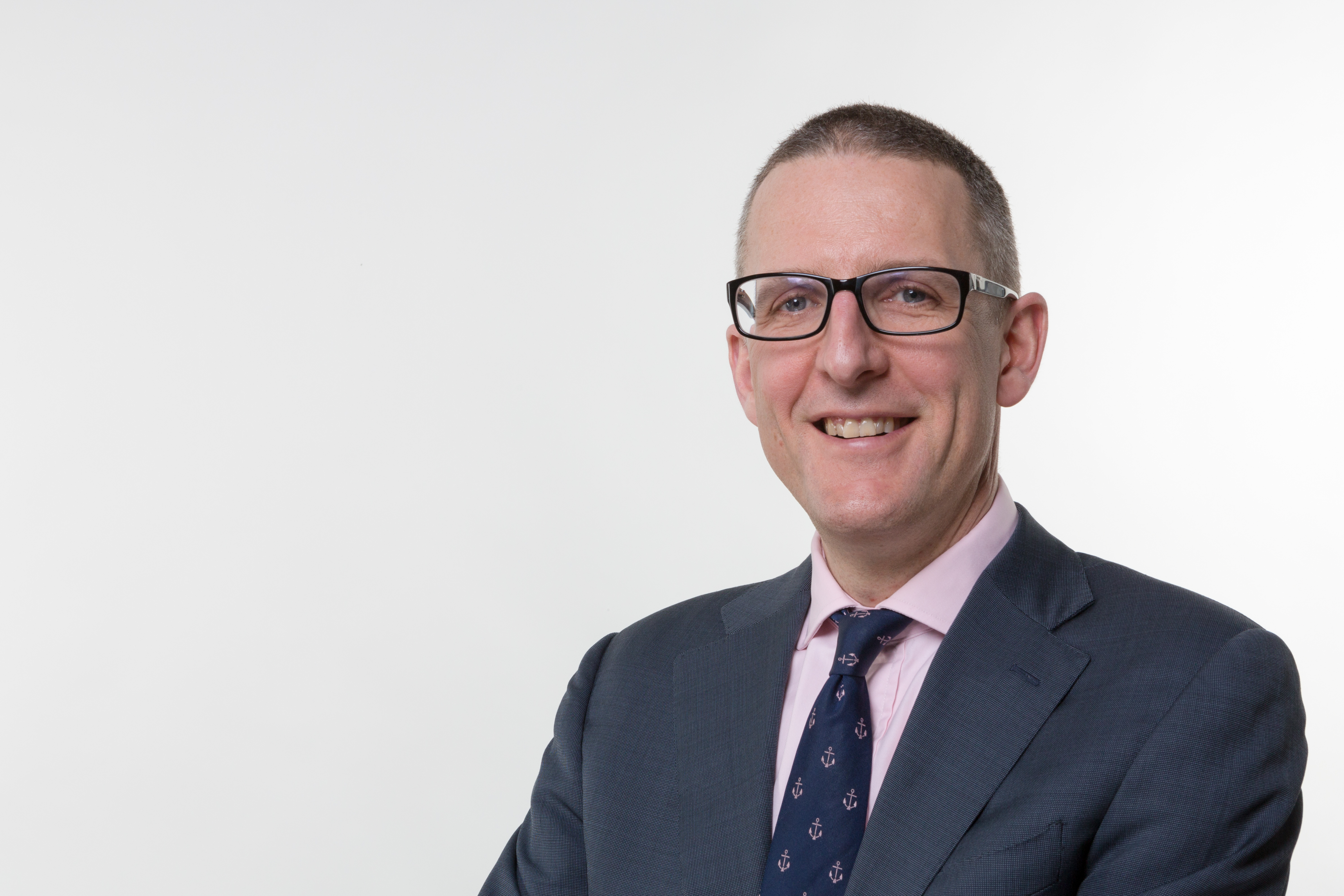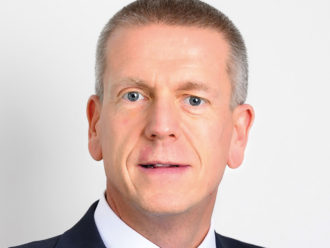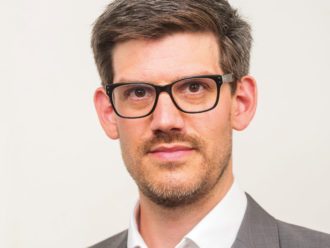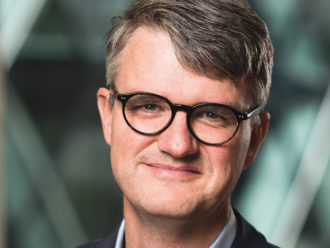New RPMI Railpen chief investment officer Richard Williams talks to Mona Dohle about restructuring the scheme’s investment strategy, boring bonds and opportunities in markets dominated by index providers
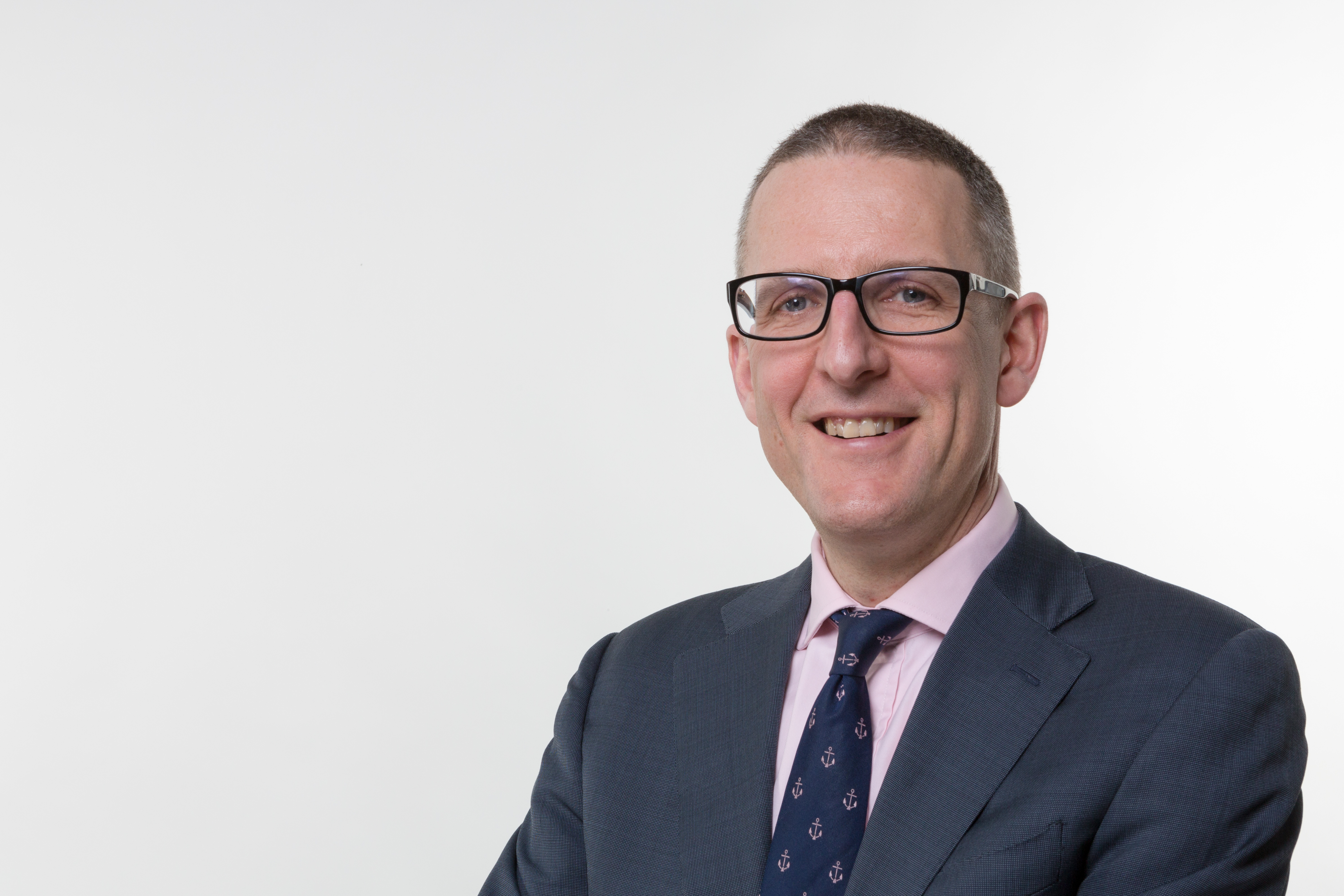
You became chief investment officer (CIO) at RPMI Railpen in April having spent four years as one of the scheme’s investment director. Your new role coincides with a series of important changes to Railpen’s investment strategy, which includes taking more funds in house. What were the reasons for that?
There was a big exercise before my time that started in 2013 called the Investment Transformation Programme, which was a plan to reassess how we invest. I arrived when that plan was already underway.
The two key principles were to take more control of our investing and to reduce the cost of investing. By managing some of our assets internally; we can effectively kill two birds with one stone. But internal management is easier said than done. There are good reasons why many people don’t try it. Size is important to get the economies of scale.
If we were being honest with ourselves, we didn’t appreciate how much was involved in turning an asset owner completely reliant on third party managers into one which does a little bit of that and an increasing amount of internal asset management. You can’t just do that with a handful of portfolio managers. You need an investment process, investment philosophy, infrastructure, IT and compliance.
So now, four-five years later, what we have is a business that looks in many ways like a commercial asset manager; we serve over a 100 different clients, not just one. One key differentiation is that we are not trying to win third party business. Our interests are completely aligned with those of our clients and we are trying to invest in a long-term way on their behalf.
How is the investment team now set up? Our investment team is divided into three areas: public markets, private markets and property. Within public markets, which is currently our largest area, we cover fixed income and equities. Fixed income was the first area that we in-sourced. We used to employ external managers to try and outperform global government bond indices.
The reasoning behind that being that these were efficient markets and there was little opportunity for active managers to outperform?
Exactly. That was actually something I tried to do for Railpen when I was with a commercial asset manager (Williams has worked at, among others, BlueCrest Capital Management, where he was a portfolio manager and principal), but we reviewed that and decided that it was an efficient market and return prospects were extremely low.
At that time the UK offered one of the highest yields in the government bond market, so we didn’t see much merit in investing globally. We also increasingly appreciated that indices weren’t really serving us much purpose, so we moved to an internal structure which involved just investing in the UK, our domestic market, got away from benchmarks and started using a comparator instead.
We now own a series of bonds which suit our needs and we don’t trade them too often. We don’t do index rebalancing trades, it is all boring, pragmatic, low cost and has been extremely successful. Returns have been much better than one might have hoped for. The main metric for success is returns and those we delivered are well in excess of the comparator we use and came with little cost to the business.
We have made bonds boring, which is what they were originally designed to be before they became exciting in the mid-80s and 90s, thereby contributing to the financial crisis.
By boring you are referring to the fact that you are primarily invested in gilts?
Bonds generally. Most are issued at par and redeemed at par and pay you a coupon in between. They weren’t designed to be sexy, that is the financial engineering. We reverted back to basics and that has been successful.
However, we don’t invest that much in fixed income. Unlike many UK schemes we are still a largely open defined benefit scheme and most of our assets are in growth assets and in the public markets, which means listed equities.
Here we have made significant changes. We have increasingly embraced a quantitative approach to portfolio management and now have a team of five or six quantitative equity portfolio managers managing a range of strategies. Once again, that has been successful. One of the dilemmas that we have is trying to reconcile quantitative portfolio management with being a long-term asset owner that engages with the companies in which it invests.
So, you attend shareholder meetings and engage with companies?
Indeed, and it is a big challenge reconciling that with a quantitative approach to portfolio management although we try to build quantitative portfolios with a lower than average turnover and a smaller number of holdings than many others have.
Nevertheless, the turnover is higher than it might be in a judgemental approach. Increasingly, that is an area we are building up as well and we have two portfolio managers who manage a fundamental growth portfolio, which is a concentrated portfolio of 25 stocks.
On the property side, the changes were even more drastic.
All of our property was managed by a third party asset manager and we felt there were quite a few agency problems. So two years ago we began looking for someone to lead our property team and Anna Rule joined as head of property one-and-a-half-years ago. As of this year we are in full control of our property portfolio with a team of five experienced property professionals. They enjoy working at Railpen because we have some real competitive advantages in the property market. We don’t require financing. We can invest with real money and take a longer-term view. We are not investing as slaves to a benchmark and can be quite opportunistic. We have made three purchases so far this year but a lot of our work has been on existing properties in the UK retail sector, where we have seen a lot of turbulence. In some ways, that has helped the team to refresh and reposition ourselves.
How do these three departments collaborate within pooled funds?
It might appear that they are completely separate from each other but that is not the case at all. We are actually an integrated investment team. A lot of the specialities we have in one area are helpful somewhere else. For sourcing long-lease commercial property deals for our private markets long-term income funds, the property team are invaluable.
Also, previously, when we had any distributions from a private equity fund we didn’t really know what to do with the stock we were given and tended to sell it. With our equity portfolio managers, they can evaluate if it is worth holding it in the long run. So although there are three pillars to our team we operate as an integrated team.
Indeed, some of your pooled funds are structured similarly to a multi-asset or diversified growth fund?
That is right, going back to our Investment Transformation Programme, my understanding is that there was quite a heavy focus on single asset funds and as there were quite a lot of them, our clients would choose which mix they would like. Those were collapsed into a smaller number of multi-asset funds. We have some legacy single asset funds, but the bulk of our assets are now in multi-asset funds.
The largest fund is our Growth Fund. This contains predominately equity and property but also holds fixed income and alternative exposures. We have two private market funds. The Illiquid Growth Fund houses our new private equity and debt investments and the Long-Term Income Fund is for more defensive private assets.
Besides taking more funds in-house, the Transformation Programme also aims to shift away from operational silos. What does that mean in practice?
Until my appointment we didn’t have a chief investment officer. There was no investment professional coordinating the investments, and, I was guilty of this as well, we were inclined to work more in our own area. With my appointment everyone here is keen to work away from that, and we are becoming much more integrated, something everybody wanted to happen, everyone thought it was the most sensible thing to do. One of my ambitions is to persuade Railpen that having a CIO is a good idea. I hope they will still agree in three years time.
Can you see the irony in that you were a portfolio manager with a fixed income background and that is the first thing you decided to get rid of when joining Railpen?
Yes, but when it comes to making decisions like that we are pragmatic. What we want to do ourselves are things which are relatively simple and always likely to work. That contrasts with something like emerging markets, which we might only want to hold for a short period. In those cases we might rent the services from outside rather than trying to build the expertise internally.
Do you think that in areas such as emerging market debt, active asset managers could still deliver outperformance?
Yes, in our growth funds that is one of the few areas where we have allocated to a traditional external alpha-seeking fund. In theory, those markets are relatively inefficient and should provide good opportunities. However, practice doesn’t always fit with the theory, but we will judge that over the course of time.
Emerging market indices are focussed on specific countries and an active asset manager may not be country specific. Is this a benefit?
We have an active manager, which doesn’t focus on indices. This is a reason why we chose them. At Railpen we are not an institution which is in any way beholden by indices. Fixed income indices are largely developed by investment banks. Forgive me for being cynical, but investment banks probably first cater to the interests of investment banks, not necessarily the interests of people like us.
There aren’t many pros but there are all sorts of cons of indices. They are just a means by which certain parties have captured the industry and we don’t want to be captured but invest in the long-term in the best way that we can.
Besides, investing passively is not really an option because our return objectives are quite high. We have to deliver above average returns. In fixed income we focus on a buy and maintain strategy, which is different from tracking an index. In the £19bn Growth Fund, passive investments make no more than 10% and this figure will decrease. We will not achieve our investment objectives by tracking market capitalisation indices.
Would you describe yourself as an active investor?
Active implies activity; we try to be an active investor that is not very active. We want a portfolio that is quite different to the market. However, we don’t want to be active with that. We want to be long-term investors. We are fortunate that our stakeholders are supportive of that, we are not constantly being asked to justify performance versus market benchmark. In practice, that can still be quite tricky.
Index providers have captured the industry and it is a tough battle fighting back against that. There are good reasons for passive investing if you just want super low cost exposure to the market, but the market return is not good enough for us. We want to control the investments. We do not want to be dictated to by what others decide should be in an index.
How does your membership structure and the financial position of your covenants influence your investment strategy?
In terms of membership, our cash-flow is fairly neutral. Contributions that come into our scheme cover the benefits being paid out. Our pot of money is not naturally growing with more contributions, nor is it declining, which makes it much easier from an investment perspective because we don’t have liquidity as a challenge. This gives us the opportunity to invest in longterm growth assets. We can afford to try and capture equity-risk premia. We are also fortunate to have, in most cases, a client with a strong covenant. For a pension scheme in the UK we are
unusual, which also makes it an attractive place to work. We have been able to hire some good people because their investment job is interesting and they are able to do that focussing on the longer term.
How do you implement ESG criteria into that long-term strategy?
At Railpen, we have a long history of ESG investing but up until the last few years we found it quite challenging to integrate it into our investment process.
Why is that?
One is that it wasn’t well defined what this ESG thing is, and second we were reliant on third-party asset managers to do our investments. In recent years our ESG implementation has improved and, of course, we are now managing it ourselves. ESG is now an important part in all three areas: private markets, property and public markets. In particular, in private markets we often hold a larger share and can be genuinely influential. In public markets, you are invested in a lot of large caps, such as Apple. Is it more challenging to exercise influence at such companies? Our ability to influence Apple is, of course, pretty small.
But in our listed-equity portfolio we do engage regularly with approximately 75 companies and we have a four person ESG team who work closely with the portfolio managers. When it comes to engagement, we are focussed on three particular themes: board composition, remuneration, and shareholder rights and disclosures.
Would you also divest from companies that consistently violate your ESG standards, such as Apple?
We wouldn’t divest simply on the engagement part, they are a successful long-term businesses. We would not divest simply because they are harder to influence. But if we were concerned about specific issues and the company remains reluctant to discuss those, we might divest.
We have had a few formal exclusions here and generally we find that companies are open to engage with us. We have made some positive steps in that area. Within the UK, our shareholdings are often quite large. When it comes to non-UK businesses, we might engage in collaboration with others.
We have come quite a long way in terms of putting the theory of ESG into practice and that will be a key focus in a pragmatic way. We are not religious zealots. We are not making moral judgements. We try to identify long-term risks and in private markets, in particular, also long-term opportunities. When you have 380,000 members you are faced with quite a broad range of views on what ESG should entail.
With £18bn to £19bn in assets, the Growth Fund covers quite a significant share of your overall portfolio. How do the teams in the different departments communicate on the fund’s strategy?
In my previous role I was the fund manager for the Growth Fund. My job was related to the fund directly but we have not moved away from that. Now three senior investment professionals are responsible for the investment spec in their respective area of expertise, which are public markets, private markets and property.
Separate from that, we have fund managers responsible for assembling those areas into the respective funds. So we tried to bring some clarity into the organisational side.
Do you have a house view on the investment outlook and how does it translate to the different funds?
For each of our key funds we have a strategic plan signed off by our investment board which reflects a long-term allocation to various asset classes. Within that there is quite a lot of flexibility for the various managers. We use that more to help us practically influence our strategies rather than to do much market timing, which is largely impossible in private markets and property.
Where we can do that is in the public markets, but we don’t have any particular advantage in timing the market. Indeed, it is questionable if anybody does. Where we do have a competitive advantage is in times of market stress we are able to buy things not marked to market over a 24-hour period.
Similarly, where there is a lot of exuberance in markets, it is easy for us to sell, for the same reasons, rather than trying to make money through daily combat with the markets. We tend to step back to identify times when there are significant movements which we could lean against over the longer term. We tend to shift infrequently but when we do, we typically do in a very large size.
What we learnt is that when we make smaller adjustments when the evidence is less compelling they tend to be reminders that we are not very good at it. Sometimes in investment, the best thing you can do is nothing.
That is our strategy quite a lot when it comes to asset allocation. What we try to do is seek our assets, which are more generally diversifying, than those which offer long-term income streams or growth potential, such as royalties, healthcare, music, insurance. These are investments which require a long-term view. In private markets we are looking at themes such as changes in energy production, communication and education.
We try to be innovative, we have to do different things to outperform the market, but if we are steady it is because we are committed to our strategy over the long run.

